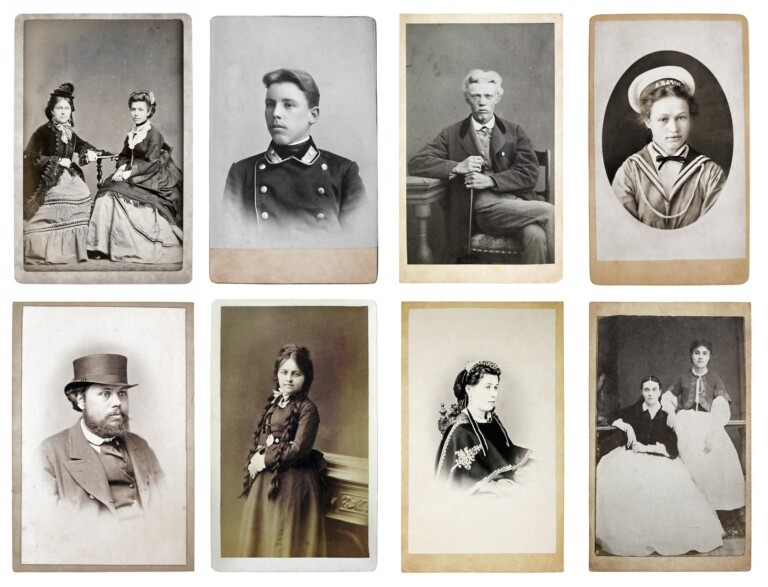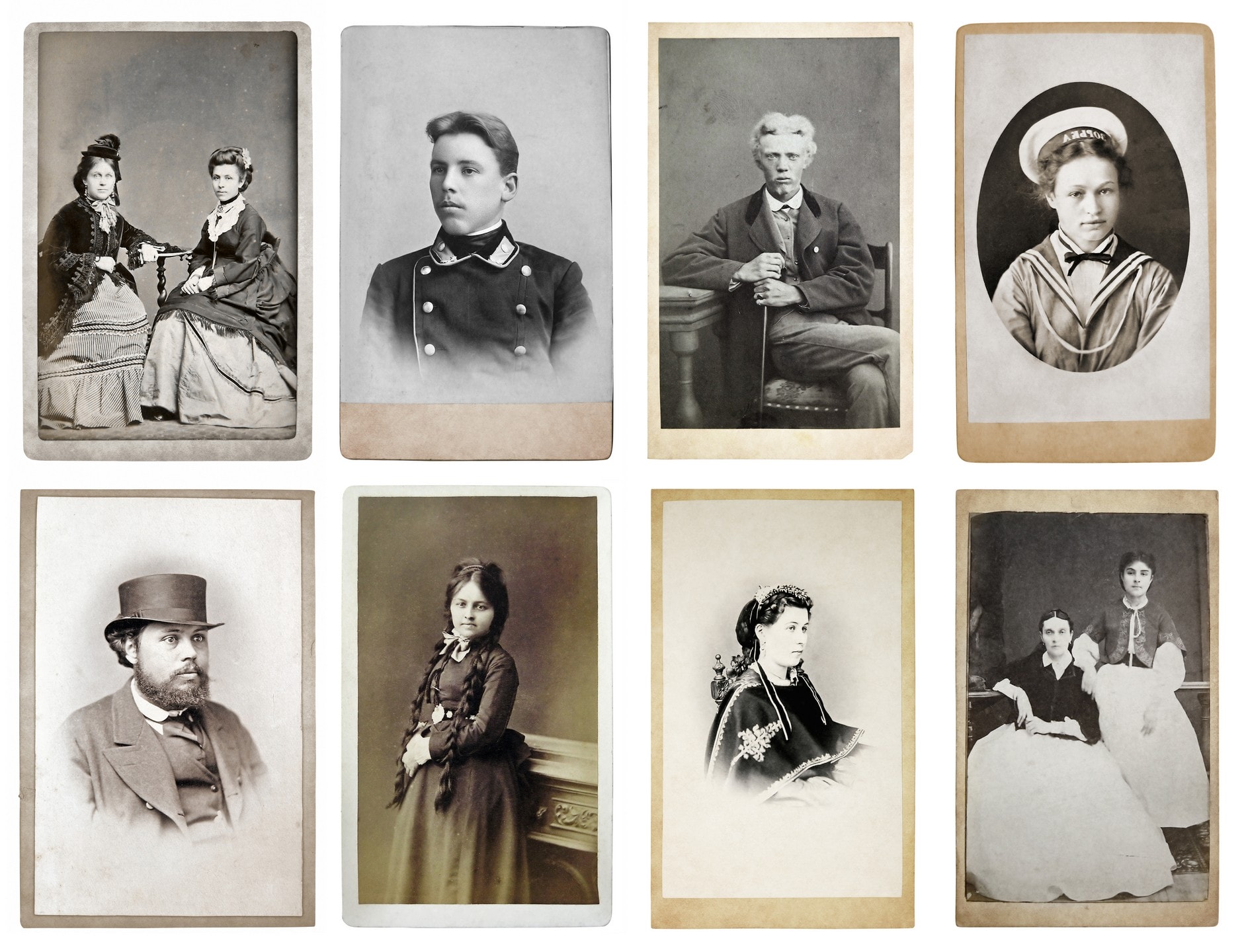
Did you ever look at stacks of old photos at an antique store and wonder why people hardly ever smiled? Could it be because they were ashamed of missing and decayed teeth? Possibly.
The state of dentistry during much of the 19th century was quite awful, and the answer to pain in a tooth usually was to just pull it, rather than try to save it. Plenty of people went around with missing teeth and compromised smiles because of it. Still, after some research, while poor dental health would make a sitter’s smile unattractive, that seems not to have been the driving force behind lack of grins.
A more plausible reason: Early photography was seen as a successor to professionally-painted portraits. People wanted to appear dignified and serious in their portrait and that carried over to photography. Most people thought smiling made them look ridiculous.
According to Nicholas Jeeves, who wrote an extensive article on the topic, by the 17th century “it was a well-established fact that the only people who smiled broadly, in life and in art, were the poor, the lewd, the drunk, the innocent, and the entertainment.”
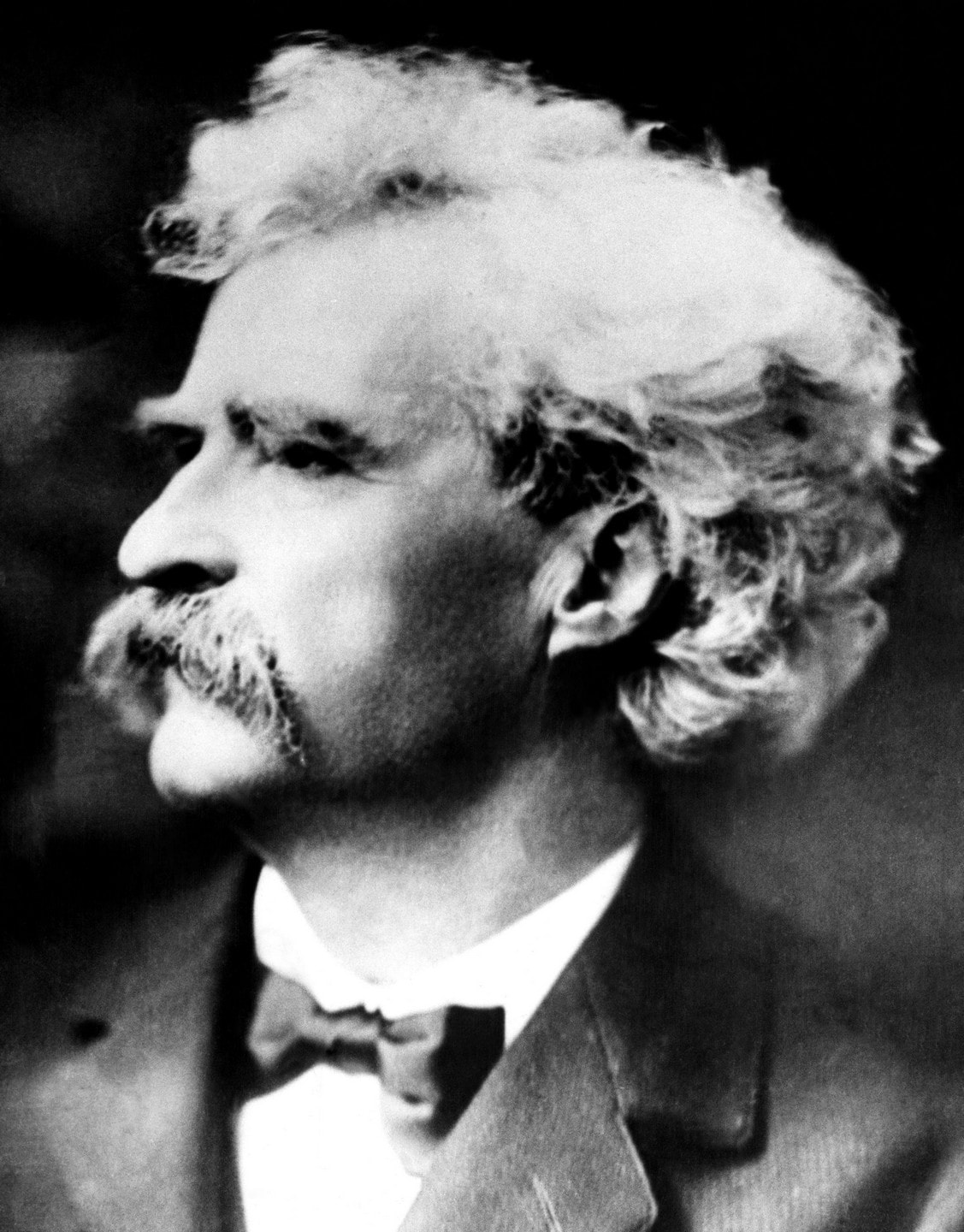
Mark Twain, straight-faced .
Even Mark Twain, who liked to laugh and make others laugh, felt smiling in a photograph was undignified. In a letter to the Sacramento Daily Union, Twain wrote, “A photograph is a most important document, and there is nothing more damning to go down to posterity than a silly, foolish smile caught and fixed forever.” Photography was a serious business, costly to have done and cameras were difficult to operate.
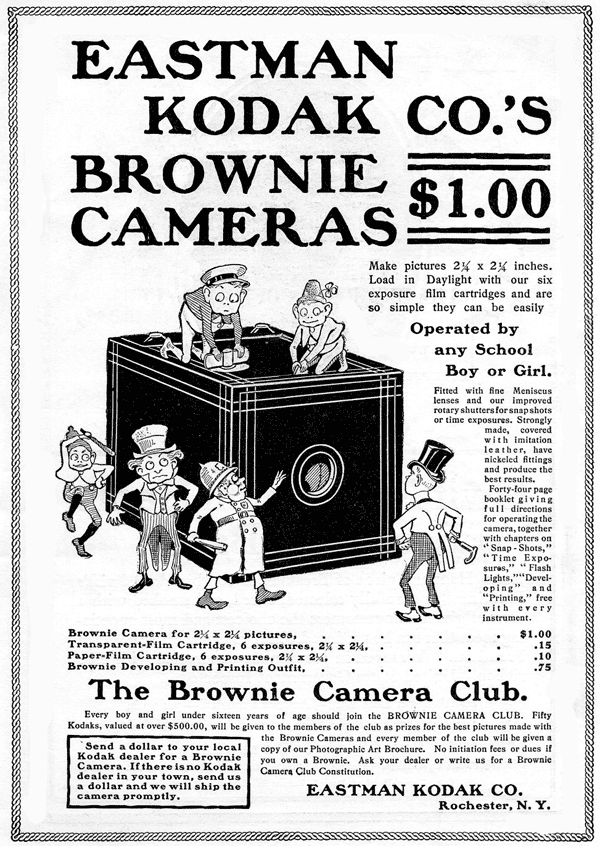
What made us change our minds?
A name well-known in photography and dentistry, Kodak, had the world smiling and saying “cheese” in photos by the 1950s. The company’s clever combination included cameras so easy to operate (and affordable) a child could use them, and distinctive marketing. Kodak developed the famous $1 Brownie camera (shown) in 1900. It’s tagline: “You press the button, we do the rest.”
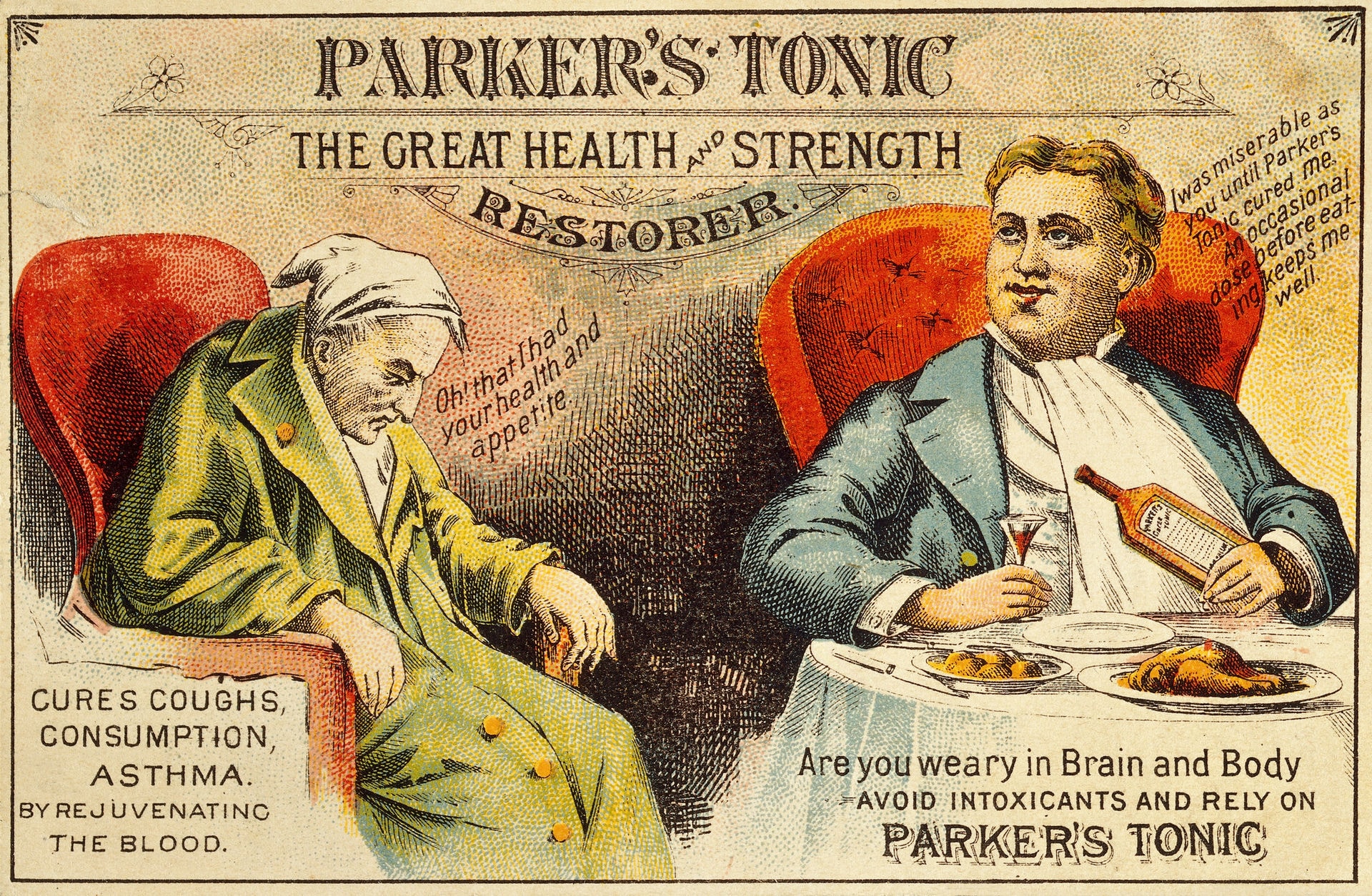
During much of the 19th century, advertising tended toward a “warning” — if a consumer did not buy a particular product, bad things would happen. By the time Kodak introduced its new camera, advertisers touted product satisfaction instead of the avoidance of a negative experience. Kodak sold happiness; they focused on the pleasure of consumption. In 1893, the company introduced the Kodak Girl (below) pictured as smiling and happy, taking photos with her Kodak. Since people were having fun in front of and behind the lens, they were encouraged to smile. Smiling in photographs came to be encouraged and eventually, expected.
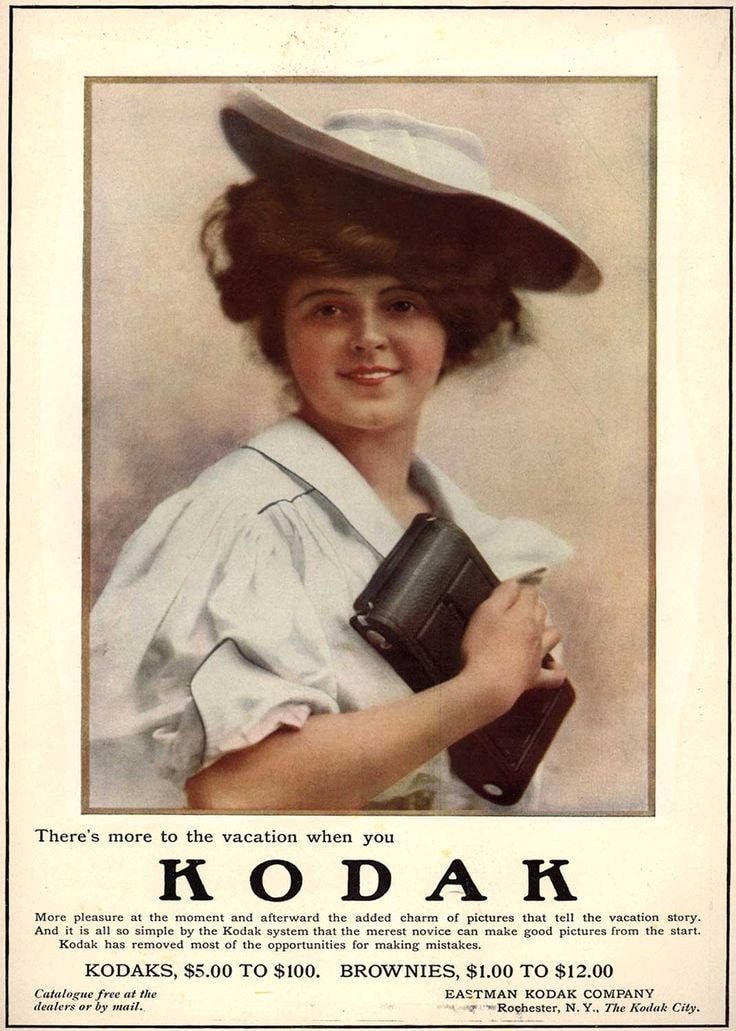
An early version of the Kodak Girl.
The Kodak Brownie camera made photography cheap and easy, so people started taking photos on picnics, holidays, road trips, all while out having fun. Folks didn’t have to choose a single expression to serve as their memorial for the ages. We can only imagine what they’d think of the hundreds of thousands of pics that are now taken every minute, complete with our foolish smirks, photobombs, and compromising selfies.
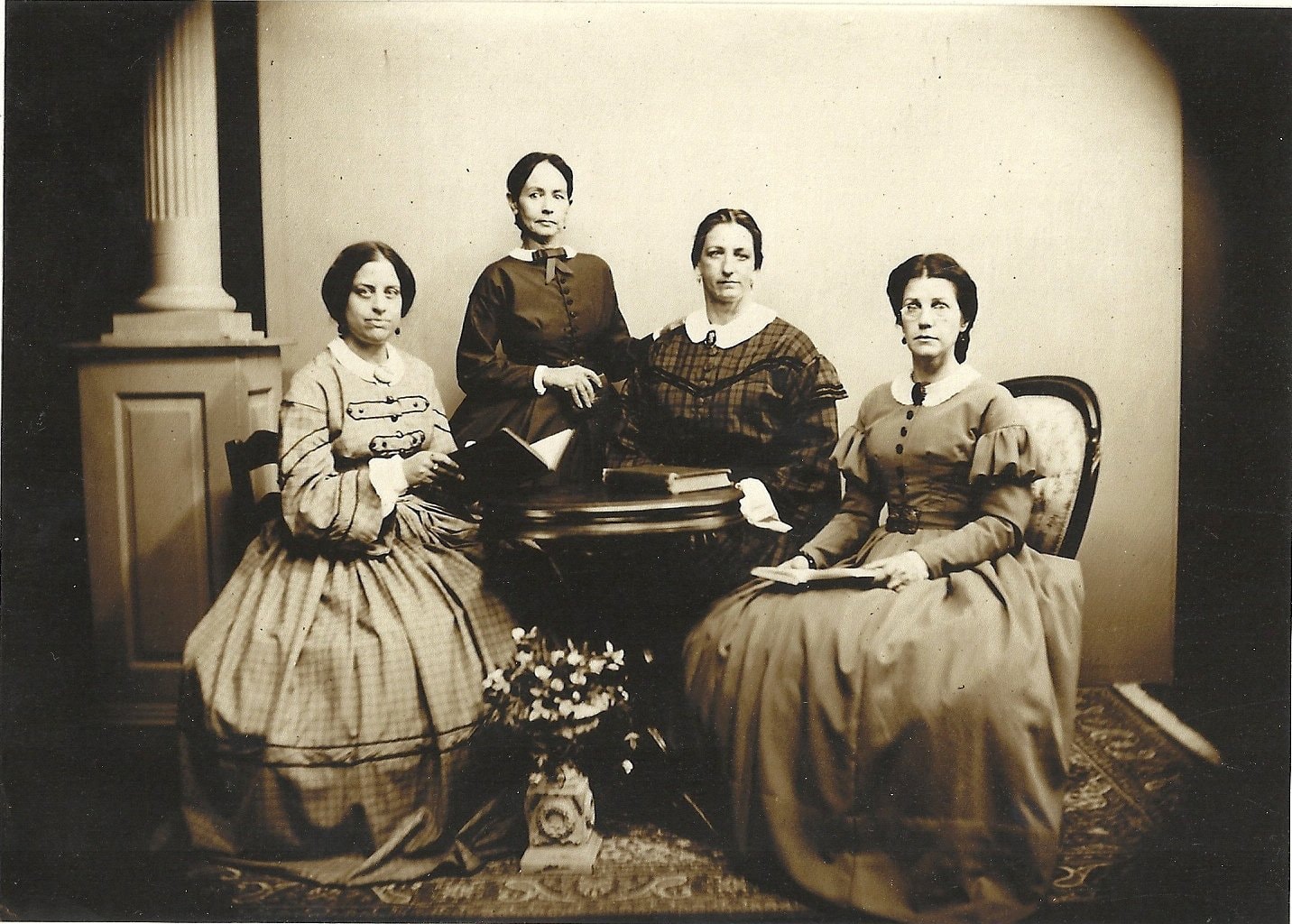
Jenn Ochman’s antique likeness (shown, above left), captured by Rob Gibson. Rob creates photos as it was done in the 1860s, in the town of Gettysburg, Pennsylvania, using antique equipment and methods. He has produced antique photos for the The History Channel, Ken Burns’ films, and various documentaries.

